Nyanga National Park Eastern Highlands
Manicaland Province – Zimbabwe
Exploring Nyanga, one of Zimbabwe’s most scenic hidden gems
We’d heard that the Eastern Highlands are one of Zimbabwe’s most picturesque areas. Our gateway to Nyanga National Park was lined with Acacia abyssinica trees otherwise known as Nyanga Flat Tops. If this was a taste of what was to come, we wouldn’t be disappointed.
Flat topped Acacias
We were entering one of the first national parks declared in Zimbabwe that was situated at altitudes of between 1800 and 2593 metres, the highest terrain of Zimbabwe.
Eastern Highlands of Zimbabwe
Our first stop was at Troutbeck Resort, an inn built and founded by Major Herbert Macllwaine in 1947. Nestled in the Eastern Highlands, this appealing hotel has 73 rooms, a bar and a restaurant with a magnificent view overlooking a trout filled lake. It also has a golf course.
Did you know:
Troutbeck Inn has an infamous log fire. Rumour has it that it has never been put out since it was lit at the hotel opening. That is a mighty long time!
Some of the rooms at Troutbeck Resort
View from Troutbeck Resort
We were hoping to stay there, but unfortunately that did not materialize. Our Zimbabwe road trip consisted mainly of camping with a couple of nights of budget friendly accommodation. We just had to spoil ourselves then with tea and scones before we drove on to our accommodation next to the Rhodes Dam.
Enjoying tea and scones
Our experience at Rhodes Dam, Nyanga National Park
As we left Harare we were well aware that we were more than halfway through our adventure in Zimbabwe in 2012. Just a few more days and we would be heading back home. Most of us still wanted to see so much of this amazing country so we wanted to absorb all we could in the last couple of days.
Our overnight stop on the outskirts of Harare at a quaint and eccentric B&B was pleasant with a set menu for our group of delicious curry. Just what we needed after a long drive from Mana Pools.
We drove to Nyanga National Park where our accommodation for two nights was in self-catering chalets with log fires next to the Rhodes Dam.
One of the chalets at Rhodes Dam
Living area with a log fire
Missing out on Roaming Fox Adventures? Click on the button below and subscribe to receive the latest newsletters.
Rhodes Dam
The log fire was a blessing as it was freezing at night. To crown it all we were told there would not be electricity the following day – for the entire day. Fortunately we would spend most of the day exploring but the morning and evening would affect us. Luckily we were geared up for camping, so had torches, lamps and portable gas stoves. Besides, it all added to the adventure.
We shared a chalet with a couple that we had met at the start of our trip – Leonie and Athol. We got on like a house on fire but they were new friends that we had met the previous week. So here’s a funny story:
Because the cottage was rustic there were a few things missing – such as appropriate glasses for our evening sundowner of sherry, much needed to ward off the chill in the cold weather. No problem, we just used the beer glasses that were available, but had to pour gingerly or we would have emptied the entire bottle into two glasses! We did consider using the egg cups that were there for boiled eggs but gave those a miss in the end.
There were a couple of other items missing too but as I mentioned before, because we were camping for most of the trip we could improvise here and there with our own stuff.
Shower time was a teeny bit of a problem though. Why? There was no door to the shower cubicle. Not even a curtain and the cubicle led straight into the passage that one could see from the lounge. Competition was high as was the amusement when we tried to outdo each other with raucous singing to let each other know we were in the shower. We could have woken the dead with our vocal abilities!
The Eastern Highlands – A day filled with superb views
Unfortunately our time was limited to one full day so we could only see a few of the places at Nyanga. We explored as much of the area as possible and saw some stunning views. Because we were there in winter and therefore during the dry season, accessibility was fine although some of the roads were rough. We all had 4x4’s with high clearance which was suitable for the terrain.
Honde Viewpoint
Our first stop was at the viewpoint of Honde Valley, on the edge of the escarpment. Although it was hazy, this vista allowed us to see over hills and valleys to Mozambique, another one of our favourite African destinations, not that we knew where the border was. I can only imagine what it must look like on a clear day – magnificent!
Honde Valley looking towards Mozambique
Mtarazi Falls
Our second stop was at Mtarazi/Mutarazi Falls. We parked our vehicles at the car park and had to walk a short distance down to the viewpoint where we could see a narrow waterfall. What makes the waterfall so impressive is not its width but its height at 772 meters, the highest in Zimbabwe.
Walking to Mutarazi Falls
Mtarazi Falls
We could not see the bottom of the waterfall from where we were standing. The view was equally picturesque as it is also part of Honde Valley.
In hindsight I am just a bit disappointed that we were there so long ago. It turns out we were at the falls a few years too early because I believe there is a skywalk and skyline suspension bridge which has been built recently. Missed out on that adventure!
The walk back to the car park is relatively steep, although not difficult, so if you tackle it, be sure that you can walk back uphill.
Victoria Falls might be one of the most iconic and top destinations in Zimbabwe to visit and may be more impressive, but don’t miss out on this waterfall in the Eastern Highlands.
A special moment when these Zimbabweans were standing at the entrance to Mtarazi National Park and wanted a photo taken with one of the ladies from our group.
Happy faces!
Reception at Mtarazi National Park
Picnic lunch
World’s View
After a picnic lunch our third stop was at World’s View, a different side of the escarpment on Mount Nyangani. This time we were looking towards Rusape situated to the left. It is claimed that on a clear day Harare, which is further away and more to the right, can be seen from this western edge of the Nyanga Downs plateau. A picturesque patchwork landscape with protruding hills worth seeing.
World’s View from the Astra Toposcope
Towards Rusape
There is a large circular Astra Toposcope. Black granite plaques on top of the wall indicate the distance as the crow flies as well as the direction to thirty cities, towns or islands of Africa. I am pleased to say we have been to a few of those places!
Astra Toposcope
This area is popular with botanists and ornithologists. Apparently there have been extensive renovations and upgrades to the area since we were there. Kirstenbosch, a South African renowned botanical garden established a relationship with National Trust of Zimbabwe in 2013. A selection of seeds from Kirstenbosch collected from 18 various protea species were donated and planted on a rocky hill at World’s View in 2015.
King Protea at World’s View
Looking down to the car park at World’s View
There were displays of soap stone sculptures sold by the artists. Naturally we bought one – a beautiful hippopotamus and calf.
Rhodes Nyanga Hotel
The final place we went to was Rhodes Nyanga Hotel. Situated on the opposite side of Rhodes Dam where our accommodation was in Nyanga National Park, the hotel was built originally as a holiday cottage or homestead in 1896 for Cecil John Rhodes. In 1933 it was converted into a hotel. Old world colonial elegance ideal for a mountain getaway.
Four poster bed at Nyanga Rhodes Hotel
Beautiful wooden cupboards
Bathroom at Nyanga Rhodes Hotel
Other activities at Nyanga National Park
Scenic hiking around Mount Nyangani and nature walks on other trails.
Sky Walk & Zipline at Mtarazi Falls. Apparently it is the world’s highest zipline.
Trout fishing in the lakes, dams and rivers.
Canoeing or kayaking
Play golf at Troutbeck Resort
About Nyanga National Park
The impressive national park was once used by 19th century imperialist, Cecil Rhodes as a private estate where he could retreat to and enjoy the waterfalls, perennial rivers, rolling hills, and mountain views.
The area is filled with montane grasslands, natural woodland and exotic plantations. Fresh mountain air and cooler weather might be more appealing to some than the hot dry landscape of other areas of Zimbabwe.
Although there are wildebeest, kudu, zebra, waterbuck, impala, sable antelope we did not see any.
In the dams, lakes and rivers one should find trout, mountain catfish and eel.
Rich in culture and history, the area is filled with stone ruins, forts as well as Stone and Iron Age artefact sites.
The Eastern Highlands extend alongside the Mozambican border for approximately 300 kilometres. The cool, damp climate is ideal for hiking and exploring with lush green landscapes that is a contrast to dry savanna in the lower lying areas of Zimbabwe.
The highlands are divided into three areas:
Nyanga Highlands – north
Bvumba Mountains – centre
Chimanimani Mountains – south
The highest mountain is Mount Nyangani which is situated in the north.
Accommodation facilities at Nyanga National Park
There are three large rest camps within the park with self-catering facilities. Rhodes Dam, where we stayed, is the park’s headquarters. It is located near the main entrance.
Nyanga National Park Reception near Rhodes Dam
Mare Dam is located approximately eight kilometres east of Rhodes, in the centre of the park and close to Nyangwe Fort.
Udu Dam is in the north-west of the park, on the road to Nyangombe Falls with views of the rugged mountains.
There are other places where you will find accommodation in and around Nyanga.
Legends of the Eastern Highlands
Formidable Mount Nyangani/Inyangani has many legends. Is it mystical or is there an element of truth in it?
It is respected by the people of Zimbabwe as a sacred place and apparently the spirits of the ancestors guard the highest peak of the Eastern Highlands.
One of the fables told by the Manyika people is about a vindictive spirit that is responsible for people disappearing when walking on the mountain, never to be found again. I can only imagine it is quite likely that these people have fallen into an inaccessible gorge never to be found again.
Another legend by the locals mentions that when hikers find a brick of gold or a smouldering clay pot without any fire to be seen and even a weirdly coloured snake it is best to ignore these signs, say nothing and walk away quickly.
Where is Nyanga National Park?
Situated in the northern part of the Eastern Highlands and about 260 km east of Harate, Nyanga National Park is located in Manicaland Province in Zimbabwe.
Directions from Harare: Take the Mutare Road and drive east for 170 km to Rusape then turn left. Continue on the Nyanga road for about 90 km then turn right at the Main Park Entrance.
Practical Tips & Advice
Zimbabwe has a dry season and a wet season. This makes certain areas inaccessible when it has rained in summer from November to March.
April to July is considered the best time to visit the Eastern Highlands. However some of the months can be chilly and plantation or local fires can make visibility hazy.
A 4x4 with high clearance is necessary to access certain areas as there are many dirt roads leading up the mountain, some of them we found rough at times. When it has rained or it is misty these roads can be slippery.
Not sure if you are on the right track? We used Tracks4Africa to show us the way.
If you are planning to hike in the mountains take extra precaution. Weather can change quickly and it can become treacherous. Notify the staff at your hotel or the park warden if you are hiking and what your planned route is. Alternatively hire a guide to show you the way.
Misty
Take suitable clothing for icy weather. We were there in July and the evenings were cold and frosty.
As we left Nyanga National Park we were heading to Great Zimbabwe, an ancient African Empire. More about that in my next blog.
On Pinterest? Pin for later.
Find me on Social Media
Step by step instructions on how to leave a comment on my blog:
Type in your comment in the comment box.
Click ‘Post Comment’
Briefly a message should appear saying you are not logged in, then a box with ‘Post a Comment’ will appear for you to complete with your name, email address and website URL (if you have one).
Fill in your first name and email address in the appropriate section. (Your email will not be made public and will not be used for any other purpose than for you to get a notification of a reply to your comment.)
Click ‘Comment as Guest’ and you’re good to go!
To subscribe to my blogs, please fill out the SUBSCRIBE form.
Thank you.
I know it is quite a process, but it helps keep our websites secure. Your email address will not be shared or displayed.

























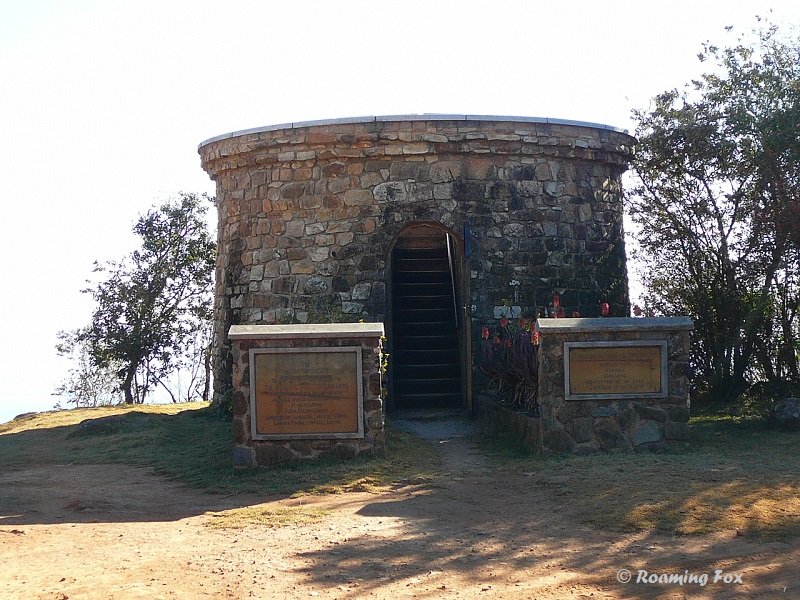









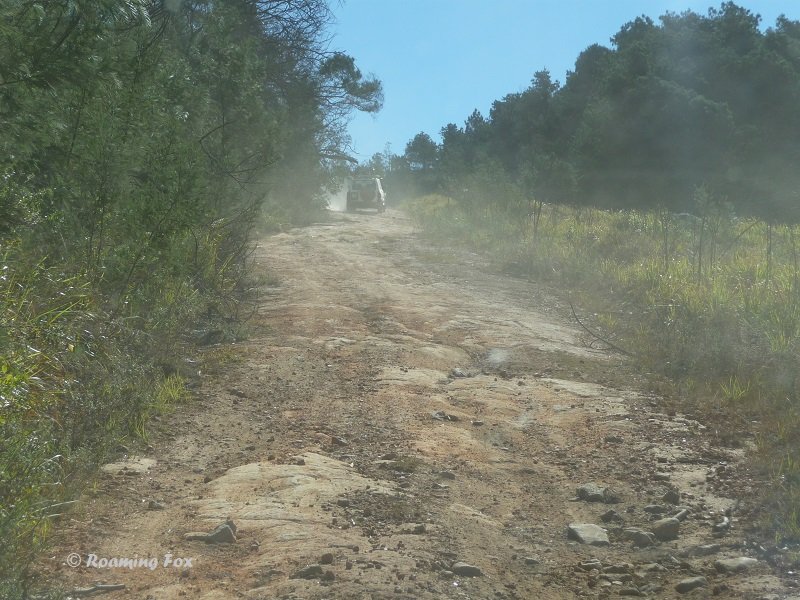





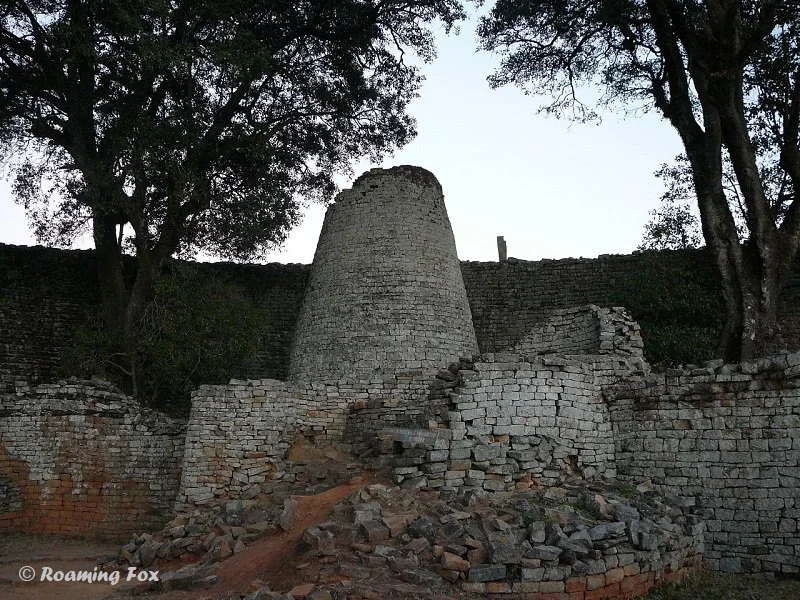

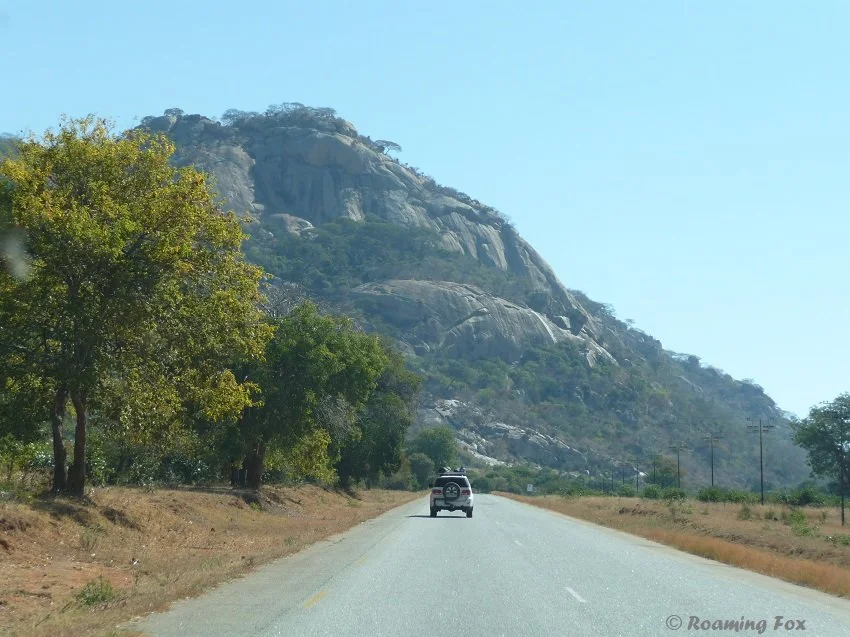




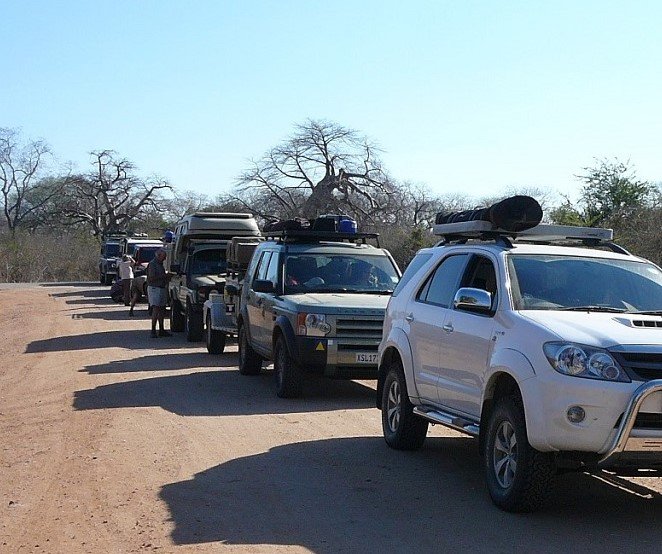
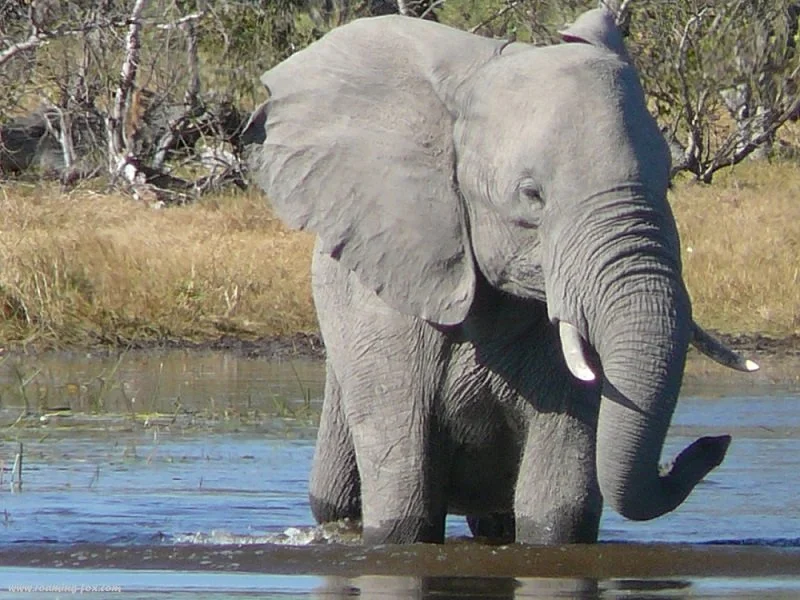
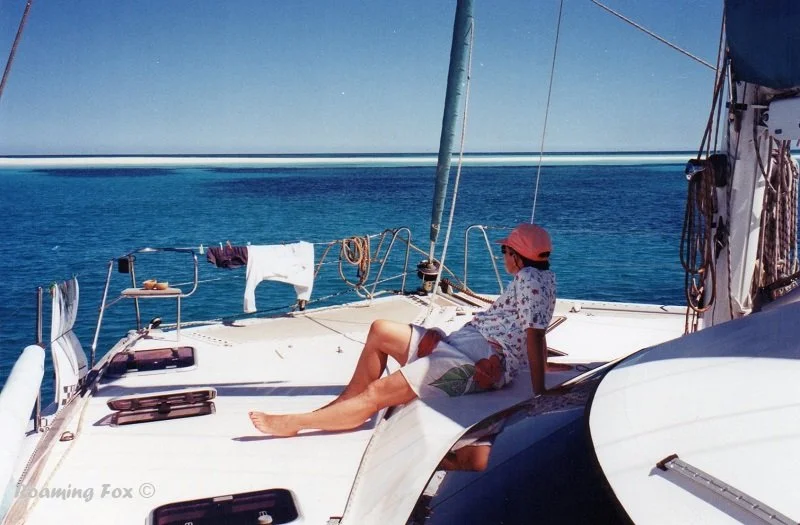

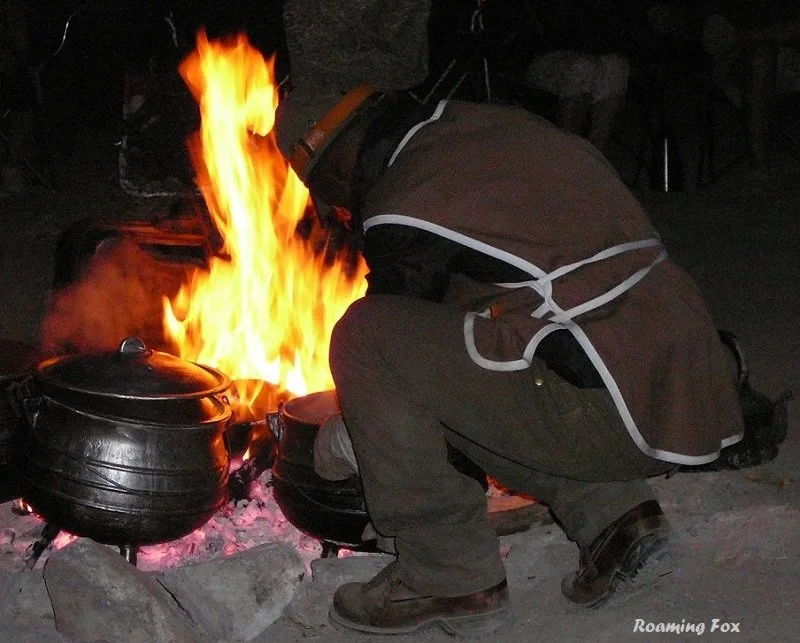


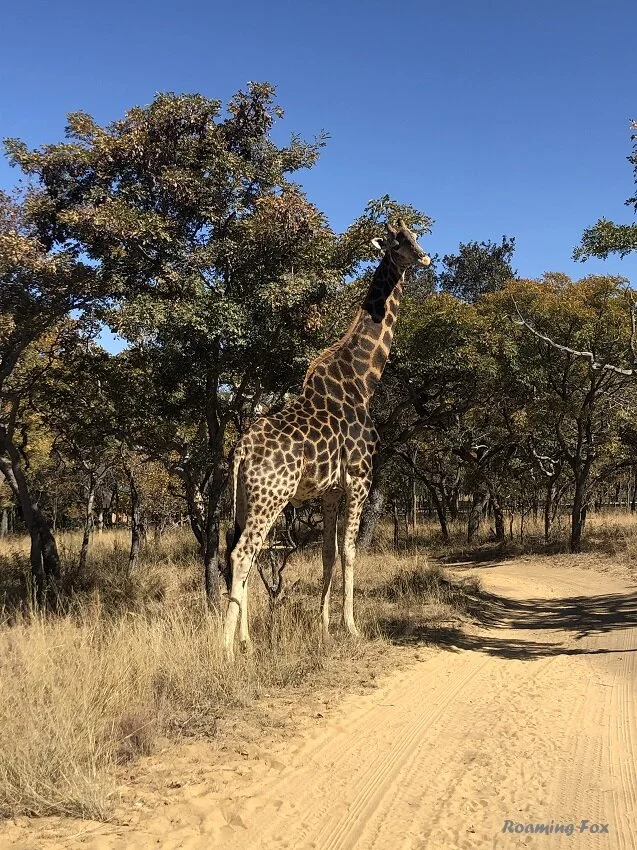
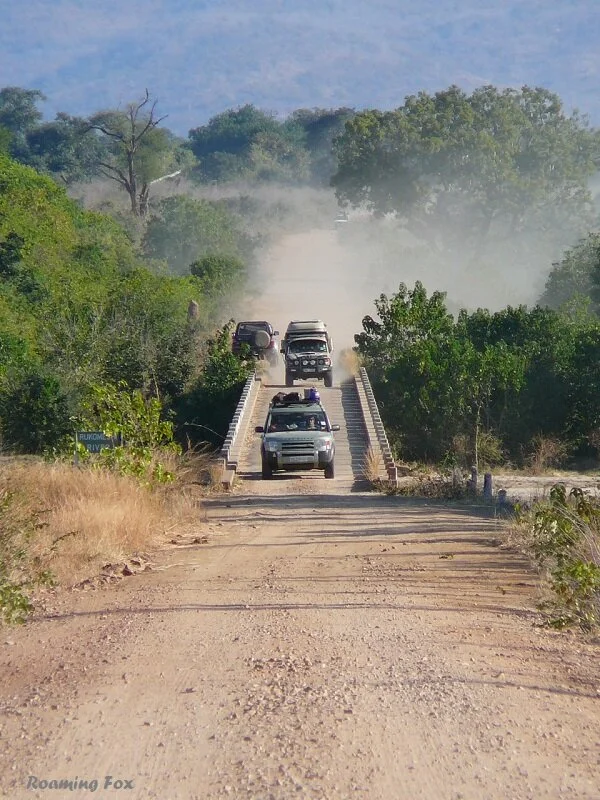

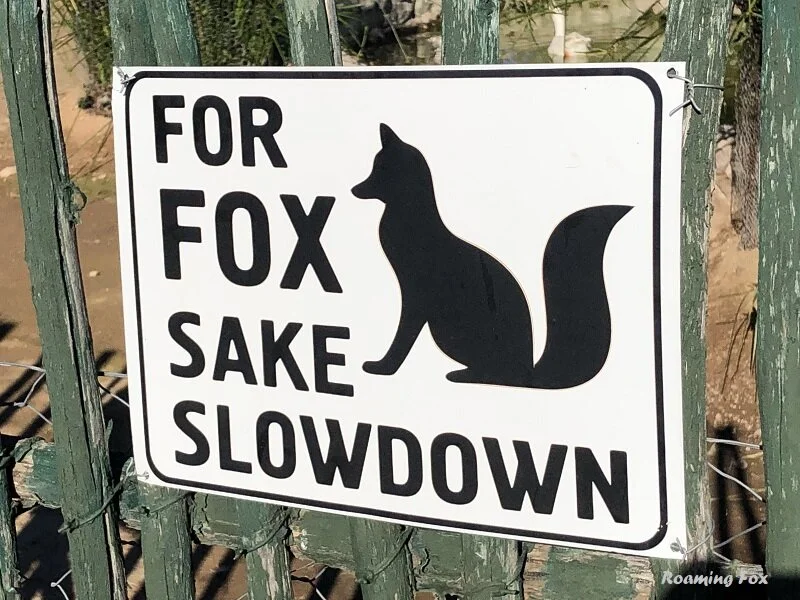


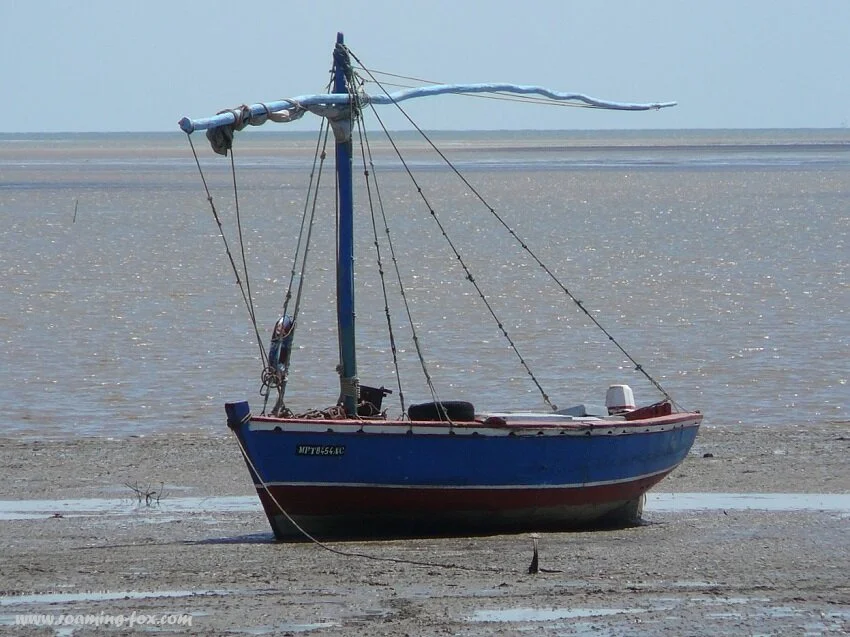
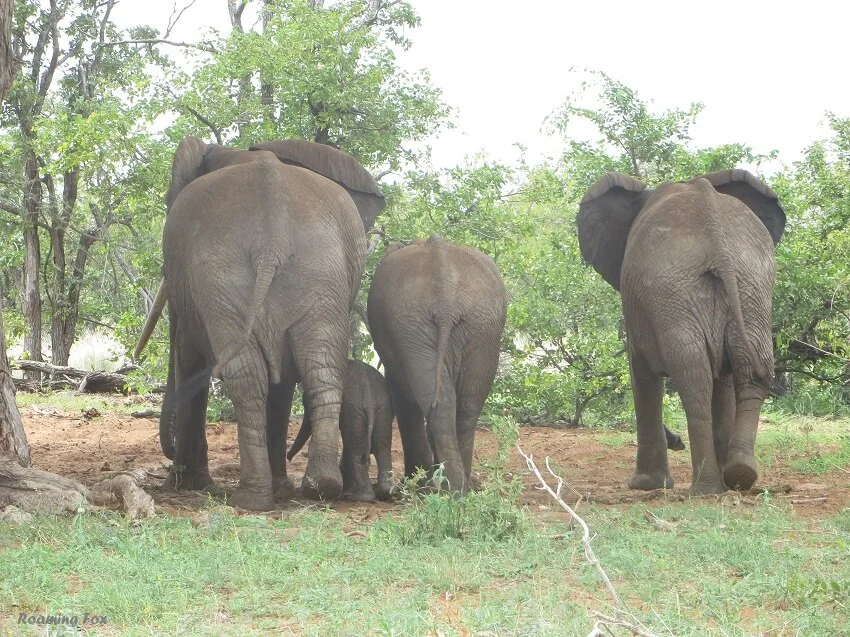






The Best Way to see a country? Take a road trip! Have you ever had that feeling when you hit the open road on your road trip? Freedom. Anticipation. Exhilaration.